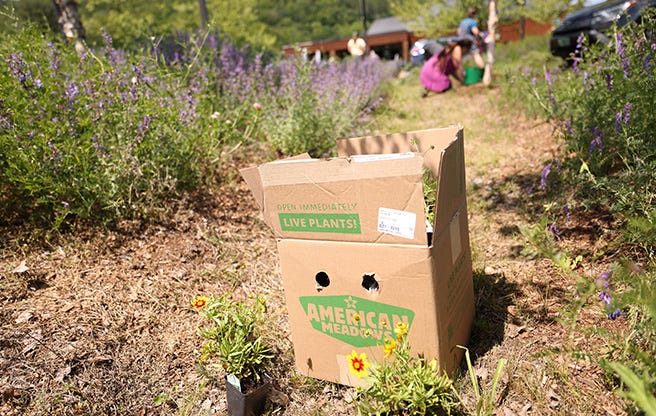May Breeze Woodland Phlox
SKU: AM020959
Shipping:
Shipping begins the week of May 6th, 2024
Overview
Enjoy the sweet scents of spring with ‘May Breeze’ Woodland Phlox. This native cultivar features abundant, fragrant white flowers in mid-to-late spring. The petals may show a pale purple blush as they age. Butterflies and hummingbirds love the early-season flowers. These will spread gently, creating a carpet of flowers and semi-evergreen foliage for part-shade gardens. They are drought tolerant once established, and deer resistant too. (Phlox divaricata ‘May Breeze’)
key features
Botanical Name
Phlox divaricata 'May Breeze'
Advantages
Native, Bee Friendly, Attracts Butterflies, Attracts Hummingbirds, Deer Resistant, Groundcover, Fragrant, Mass Plantings
Growing Zones
Zone 4, Zone 5, Zone 6, Zone 7, Zone 8
Light Requirements
Half Sun / Half Shade
Soil Moisture
Average, Moist / Wet
Mature Height
16" tall
Mature Spread
24" wide
Bloom Time
Mid to late spring
SKU
AM020959


